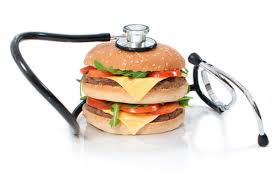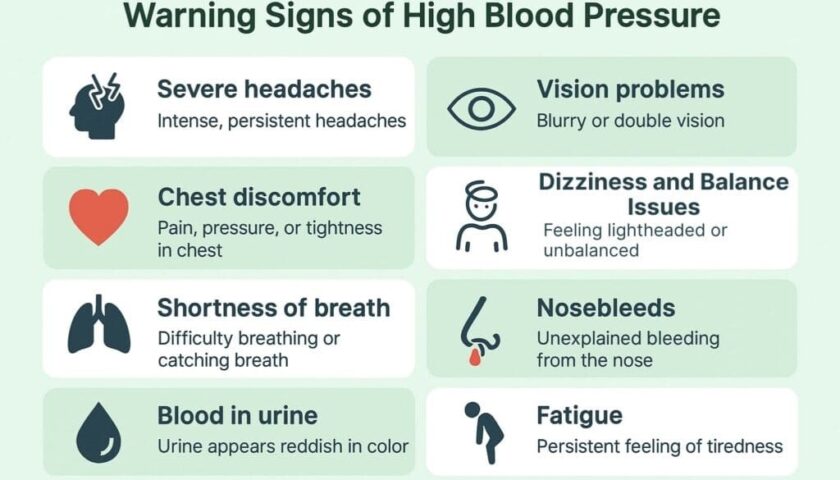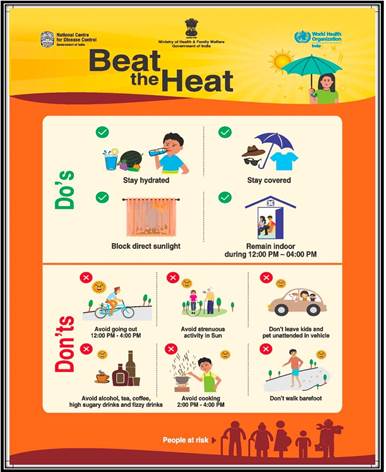Cholesterol is often misunderstood. We have been bombarded with information that says that high levels of cholesterol increase the risk of heart diseases but a lot of other information is simply fiction.
 Myth #1: High cholesterol is only a concern for men- not women.
Myth #1: High cholesterol is only a concern for men- not women.
Women have estrogen on their side to help keep cholesterol levels within the normal range. However, after menopause this advantage is gone. Men over 45 and women over 55 are at higher risk for elevated cholesterol.
Myth #2: High cholesterol is genetic and there is nothing you can do about it.
While genetics definitely play a role, diet and lifestyle choices have a significant impact on cholesterol levels. Having a family history of high cholesterol means you need to take preventive steps and be more proactive to keep your levels within normal.
Myth #3: Cholesterol can only be successfully lowered with medication
When you learn you have high cholesterol it’s important to investigate the cause. Frequently if you correct the cause your cholesterol levels will return to normal. Possible causes of high cholesterol may include poor diet, lack of activity, infection, mental stress, and physical stress (such as surgery).
Myth #4: Taking cholesterol lowering medication means I do not have to change my diet or be more active.
Cholesterol medications can help lower cholesterol levels only so far. By making heart healthy diet and lifestyle choices you’ll increase the effectiveness of your medication.
Myth #5: Food is heart-healthy if it says “0 mg cholesterol”
The Cholesterol portion of the nutritional label refers to dietary cholesterol, which is only one of the things found in food that can cause your cholesterol to go sky-high. Saturated fat (found in animal foods and dairy products) and trans fats (found in packaged foods) appear to have a far greater impact on low-density lipoprotein (LDL), the so-called bad cholesterol that causes atherosclerosis, than dietary cholesterol.
Myth #6: Kids can’t have high cholesterol
Research has shown that atherosclerosis—the narrowing of the arteries that leads to heart attacks—can start as early as age eight. The American Academy of Paediatrics guidelines on kids and cholesterol recommended that children who are overweight, have hypertension, or have a family history of heart disease have their cholesterol tested as young as two. Children with high cholesterol should be on a diet that restricts saturated fat and dietary cholesterol, and exercise more are also recommended.
Myth #7: Food is heart-healthy if it says “0 mg cholesterol”
The Cholesterol portion of the nutritional label refers to dietary cholesterol, which is only one of the things found in food that can cause your cholesterol to go sky-high. Saturated fat (found in animal foods and dairy products) and trans fats (found in packaged foods) appear to have a far greater impact on low-density lipoprotein (LDL), the so-called bad cholesterol that causes atherosclerosis, than dietary cholesterol.
Myth #8: Cholesterol is always a bad thing
When most people hear “cholesterol” they think “bad.” The reality is more complex. High cholesterol can be dangerous, but cholesterol itself is essential to various bodily processes, from insulating nerve cells in the brain to providing structure for cell membranes. The role of cholesterol in heart disease is often misunderstood. Cholesterol is carried through the bloodstream by low-density and high-density lipoproteins (LDL and HDL). LDL, known as bad cholesterol, and not the cholesterol it carries per se, is responsible for atherosclerosis.
Myth #9: Low cholesterol is always a sign of good health.
Although low levels of LDL cholesterol are usually healthy, a new study reports that people who develop cancer typically have lower LDL in the years prior to diagnosis than those who don’t get cancer. People with low blood cholesterol are also prone to various infections, suffer from them longer and are more likely to die from an infection.
Myth # 10: There are no visible symptoms of high cholesterol.
Some people with high cholesterol develop yellowish-red bumps called xanthomas that can occur on the eyelids, joints, hands, or other parts of the body. People with diabetes or an inherited condition called familial hypercholesterolemia are more likely to have xanthomas.
The best way to tell if your cholesterol is too high is to have it checked every three years, starting at age 20, or more often, if advised by your healthcare provider.
Myth # 11: It’s okay to stop taking your cholesterol medication once you get your numbers down.
If you stop taking your cholesterol medication, your bad LDL cholesterol might bounce back to where it was when you started. When your cholesterol goes back up, so does your risk of heart attack and stroke. While there’s no “cure” for high cholesterol, it can be managed successfully. Managing cholesterol successfully takes a lifelong commitment to your health—including taking your medication every day.
Myth # 12: High cholesterol isn’t a problem for thin people.
Thin, overweight, or in-between, everyone should have their cholesterol checked regularly. While overweight people tend to have high cholesterol from eating too much fatty food, those who don’t gain weight easily need to be aware of how much saturated fat they eat.
Myth # 13: Switching from butter to margarine will help lower my cholesterol.
Margarine, like butter, is high in fat—and all fatty foods should be eaten in moderation if you have high cholesterol. Most margarine contains saturated fat, a major food factor in high cholesterol. The recommended choice is a liquid vegetable oil that doesn’t contain any trans fat (hydrogenated vegetable oil).
Myth # 14: There’s no need to have your cholesterol checked until you’re middle-aged.
Even children—especially those with a family history of heart disease—can have high cholesterol levels. Getting cholesterol levels checked at an early age is a good idea.
Myth # 15: All your cholesterol comes from food.
Most of the cholesterol inside you doesn’t come from the food you eat, but from your body’s natural processes.






